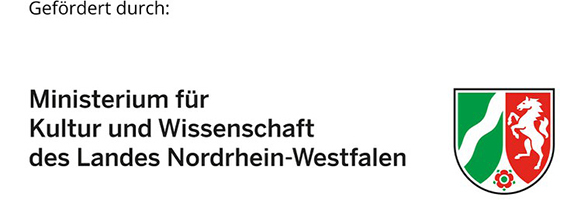Rückverfolgbarkeit von Schüttgütern in der Lebensmittelverarbeitung
DOI:
https://doi.org/10.2195/lj_Proc_otto_de_201912_01Schlagworte:
Lebensmittelsicherheit, Rückverfolgung, Simulation, Zellulärer AutomatAbstract
Die Rückverfolgbarkeit von Lebensmitteln und Futtermitteln, von der Lebensmittelgewinnung dienenden Tieren und allen sonstigen Stoffen, die dazu bestimmt sind oder von denen erwartet werden kann, dass sie in einem Lebensmittel oder Futtermittel verarbeitet werden, ist in allen Produktions-, Verarbeitungs- und Vertriebsstufen sicherzustellen.“ [EG02] Die Rückverfolgbarkeit von Schüttgut ist im Bereich der Lebensmitteltechnik eine herausfordernde Aufgabenstellung, die mit dem Stand der Technik nur ungenügend gelöst ist. Dort wo das Gut nicht aktiv gefördert wird, sondern unter Gravitationseinfluss selbst fließt, sind statische Lagermodelle, wie sie z.B. heute zum Silomanagement verwendet werden, nur bedingt einsetzbar. Computergestützte Rückverfolgungsmodelle auf Basis der Theorie der Zellulären Automaten stellen eine neue und präzise Möglichkeit dar, die chargenweise Lagerung von leicht fließenden bis leicht kohäsiven Schüttgütern in Großraumsilos oder Halden zu realisieren. In diesem Beitrag werden Lösungsansätze als auch Anwendungsbeispiele vorgestellt, mit denen es möglich ist, Schüttgüter auch in großen Massen und Volumina mit hoher Auflösung echtzeitfähig über statistische Flussmodelle abzubilden.Downloads
Veröffentlicht
20.12.2019
Zitationsvorschlag
Otto, H., Rößler, T., & Katterfeld, A. (2019). Rückverfolgbarkeit von Schüttgütern in der Lebensmittelverarbeitung. Logistics Journal: Proceedings, (15). https://doi.org/10.2195/lj_Proc_otto_de_201912_01
Ausgabe
Rubrik
Artikel








